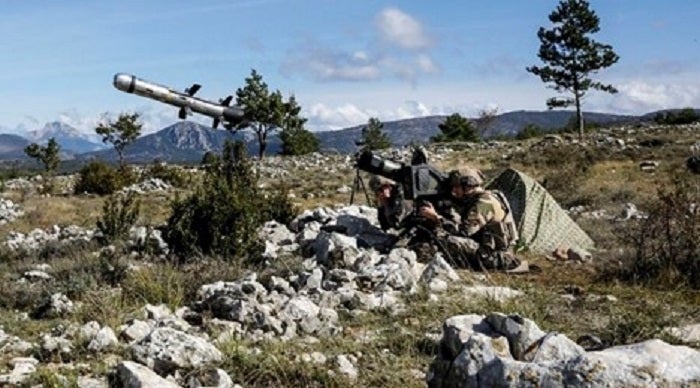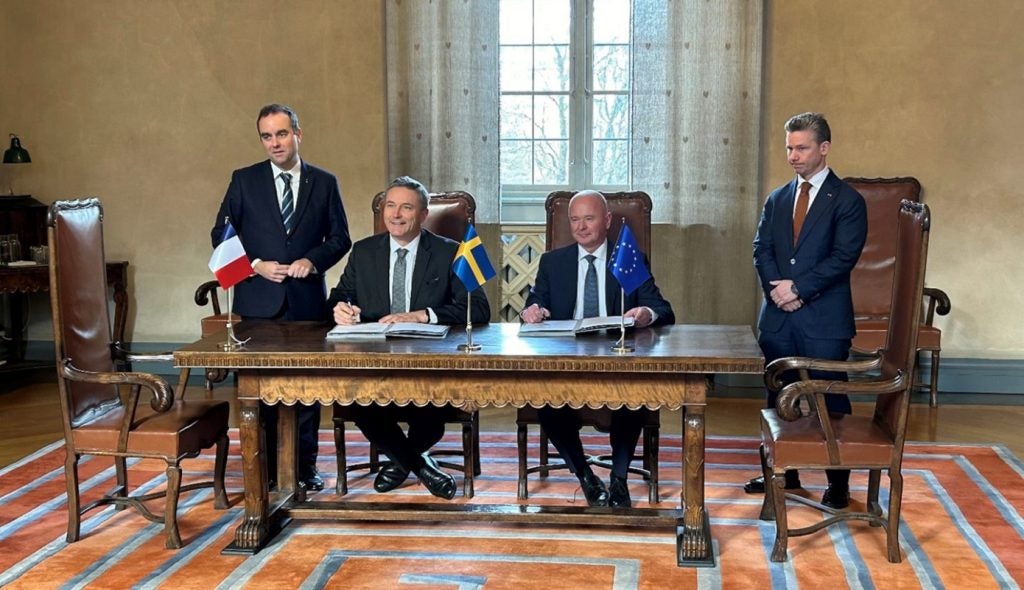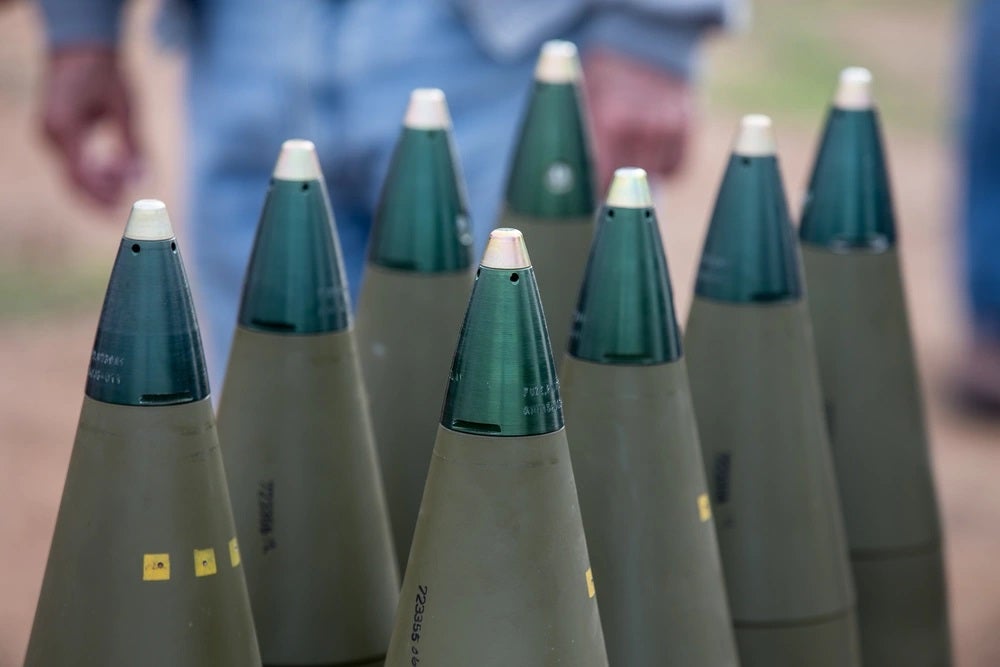As part of the French President Emmanuel Macron’s visit to Sweden on 30 January 2024, the two countries agreed to enter a new strategic partnership that will leverage their respective industrial capabilities to address anti-tank and air defence advancements.
Letters of intent were subsequently signed between the pan-European missile manufacturer MBDA and the Swedish defence prime Saab – whose capabilities for high-intensity warfare (HIW) will prove useful to addressing the phenomenon currently playing out in Ukraine.
The problem of high-intensity warfare on a mechanised force
There have been concerns about the vulnerability and survivability of main battle tanks on the contemporary battlefield, as well as the ability of lighter forces backed up by ISTAR [intelligence, surveillance, target acquisition and reconnaissance] capabilities and indirect fires to create difficult operational problems for the enemy in high-intensity warfighting.
“Due to the glaring power differential between Ukraine and Russia, the Ukrainian Armed Forces have been forced to adapt their tactics, techniques and procedures in order to maximise the tactical and strategic value of capabilities such as air defence and anti-tank weapons systems,” GlobalData Defence Analyst Tristan Sauer observed.
With regards to air defence, Sauer noted that Ukraine used platforms typically designed to static and semi-mobile defence can be effectively employed in a more aggressive manner close to the front lines, with several recent shootdowns of Russian military aircraft by mobile Patriot launchers illustrating a potential utility for these systems. Institutions such as the US Department of Defence are seeking to emulate and integrate within future exercises and operational planning.
Meanwhile, another GlobalData Defence Analyst, Wilson Jones, explained that anti-tank systems have also gained renewed attention throughout the war in Ukraine. The country has used large numbers of anti-tank guided missiles (ATGMs) to destroy tanks, which often use high-explose anti-tank (HEAT) munitions that pierce armour using shaped charges.
“All these demonstrate effective allocation of Ukrainian economy of force, using much cheaper weapons and minimal threats to manpower to destroy expensive Russian tanks and kill or capture their valuable trained crews,” reflected Jones.
Next steps for the Franco-Swedish partnership?
Co-operation in the anti-tank field has resulted in an initial focus on the Akeron MP (formerly known as MMP – Missile Moyenne Portée).

A first contract has been awarded to Saab and MBDA by the DGA, the French contracting entity, and the Swedish Defence Materiel Administration (FMV).
This will enable the pooling of MBDA and Saab’s expertise in the anti-tank domain, in order to support the French and Swedish armed forces' choice of the Akeron MP weapon system in the short term.
This will also enable the implementation of a joint capability roadmap to develop new functionalities associated in particular with beyond line-of-sight firing, and also to prepare the missile to address the future generation of targets that will arrive on the battlefield.











